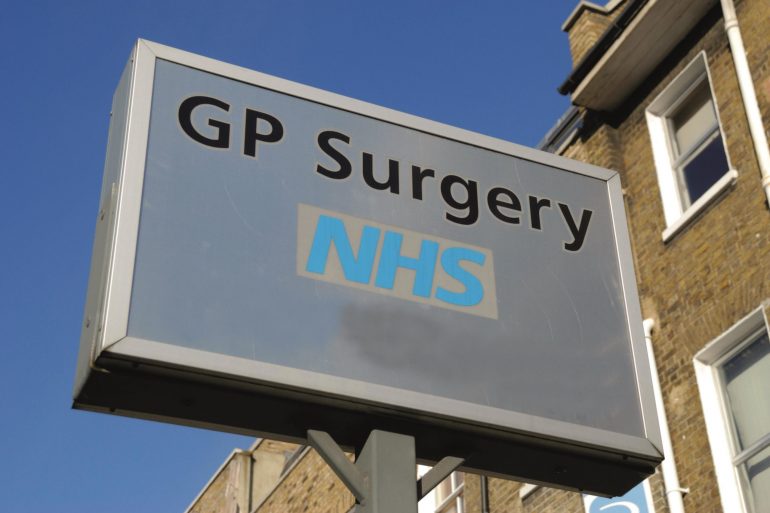Structural changes could bring much needed improvements to GP efficiency – and reduce the second-worst waiting times in Wales
GENERAL Practitioners in Cardiff are some of the worst-performing in the country, data shows, but attempts to solve their problems may have uncovered a way of cutting waiting times.
Since the pandemic the number of patients registered to Cardiff GPs has steadily increased, adding to the strain on an already struggling service. There are more than 15,000 additional people registered to GPs in Cardiff now, compared to July 2020.
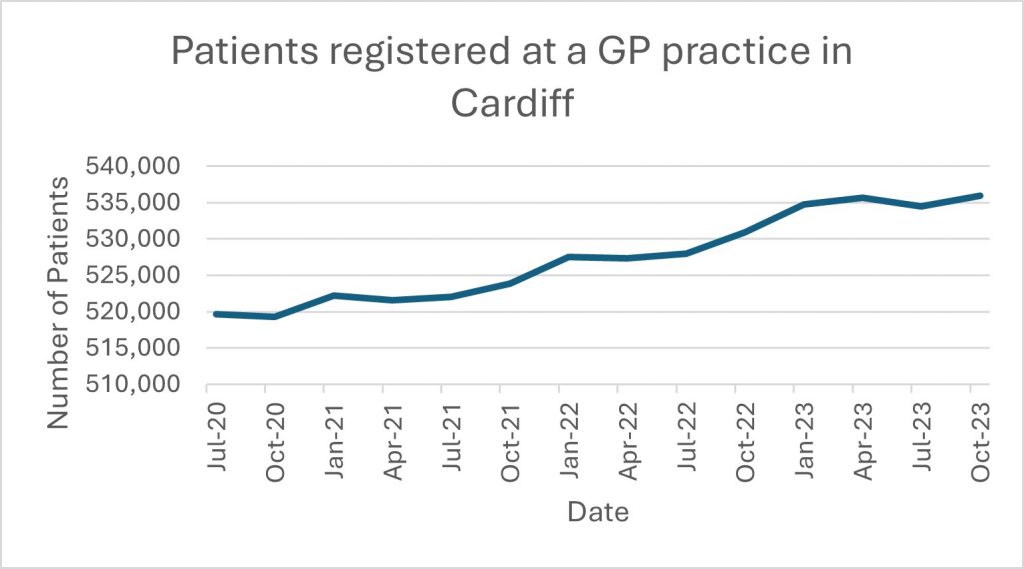
In that time, the number of fully-qualified GPs has remained broadly the same across Wales. Between September 2022 and September 2023, the number of fully-qualified GPs working in Welsh general practices increased by 4.2%, the highest headcount since directly comparable data was first collected in June 2021.
However, increasing numbers of GPs are working part time. This means the Full Time Equivalent (FTE) has remained virtually constant, as shown by the graph below. There were 1,592 FTE qualified GPs in September 2023, the equivalent to 65.1% of the headcount performing full-time hours.
This means that there are actually less GPs per patient in Wales, despite a rise in GP numbers.
This is a problem for Cardiff in particular. The below graphs demonstrate that since the end of 2021, the number of patients registered to Cardiff GPs has steadily increased, whilst the number of FTE GPs in the area has decreased.
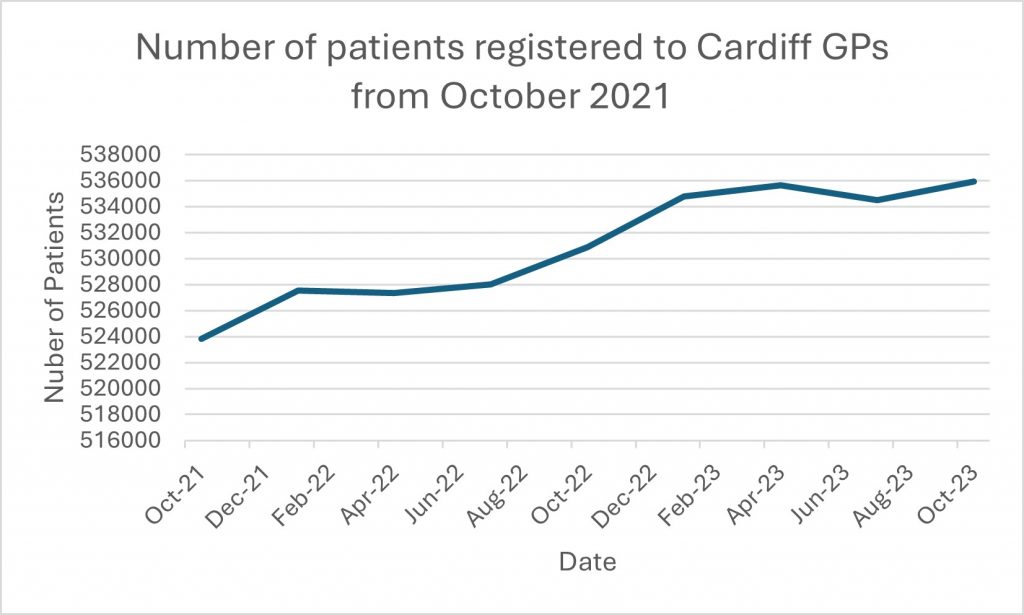
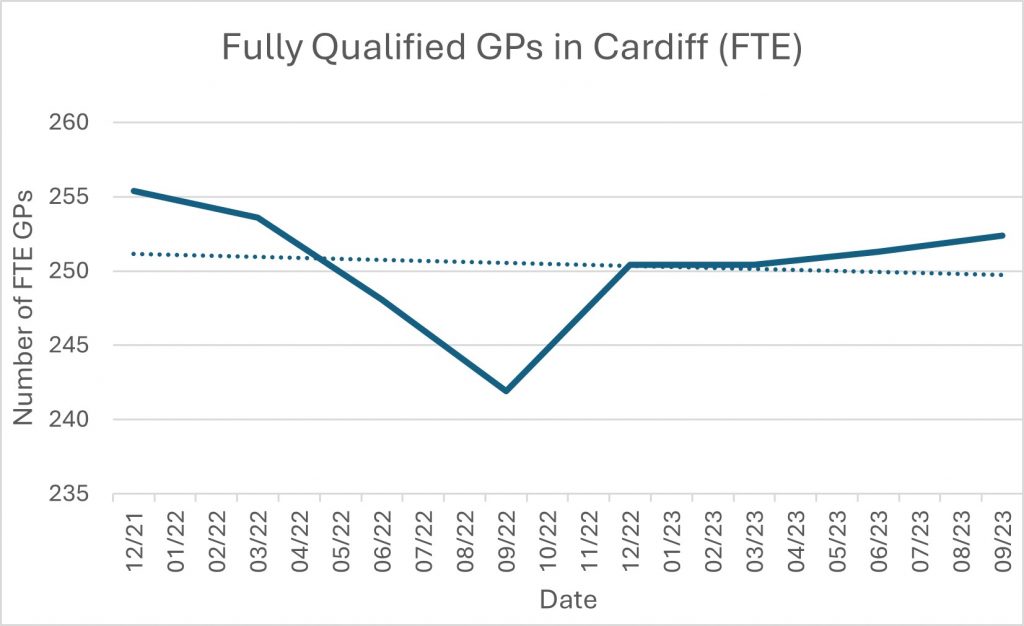
The growing pressure on GP services has meant that waiting times to see a GP in Cardiff has steadily increased, as this graph demonstrates:
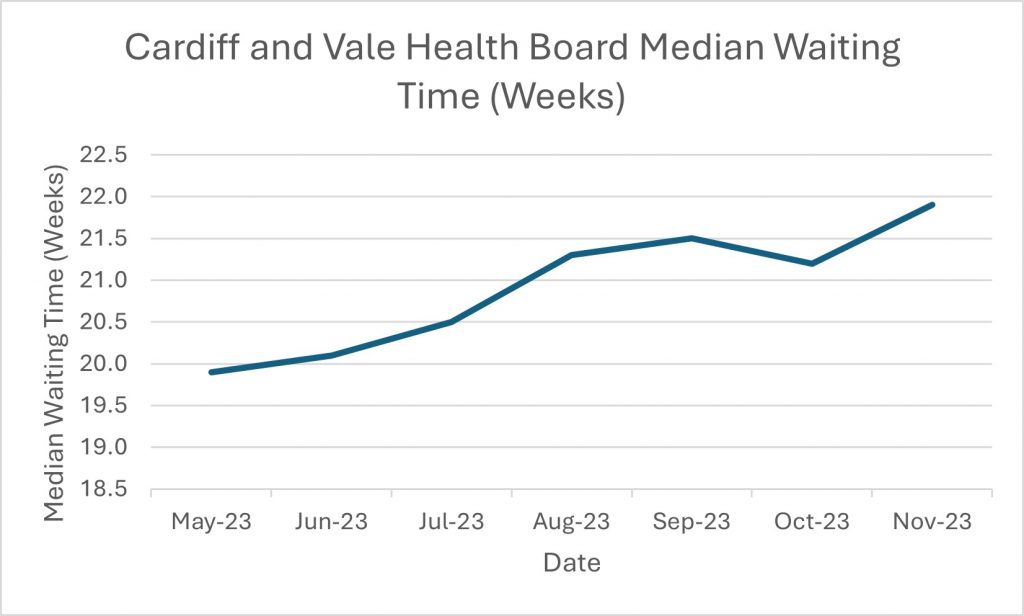
People in Cardiff wait on average more than 20 weeks before a referral from their GP materialises in a hospital appointment.
The median waiting time for referral from a GP in Cardiff and Vale is 21.9 weeks, the second longest wait time in Wales.
The worsening of GP services has prompted a gradual restructure of the system. The past year has seen the continued phasing out of GP Partners, and the increased recruitment of salaried GPs.
The GP Partner model is where a practice is owned by the GP themselves. In these models, the GP is responsible for running the practice, as well as providing clinical sessions. This is an inefficient model, as highly skilled, fully trained GPs spend their time doing tasks such as administration instead of seeing patients.
The below graph shows that in the past year, more partner GPs left than joined.

By contrast, many more salaried GPs, who are employed by a practice only to provide clinical sessions, joined GP practices across Wales than left.
More admin and non-clinical staff have joined GPs across Wales to oversee non-clinical operations at practices. Between September 2022 and September 2023, 882 admin and non-clinical staff have joined Welsh GP practices.
This appears to be an organic development as opposed to a widespread policy decision, which means that this gradual restructuring of the Welsh GP system could help combat the increasing wait times of GPs around the country. The delegation of roles based on skills should allow fully-trained GPs to focus on clinical sessions and make GP centers more efficient.
This is especially important for GPs in Cardiff, where staff availability is increasingly falling behind the number of patients they care for.


